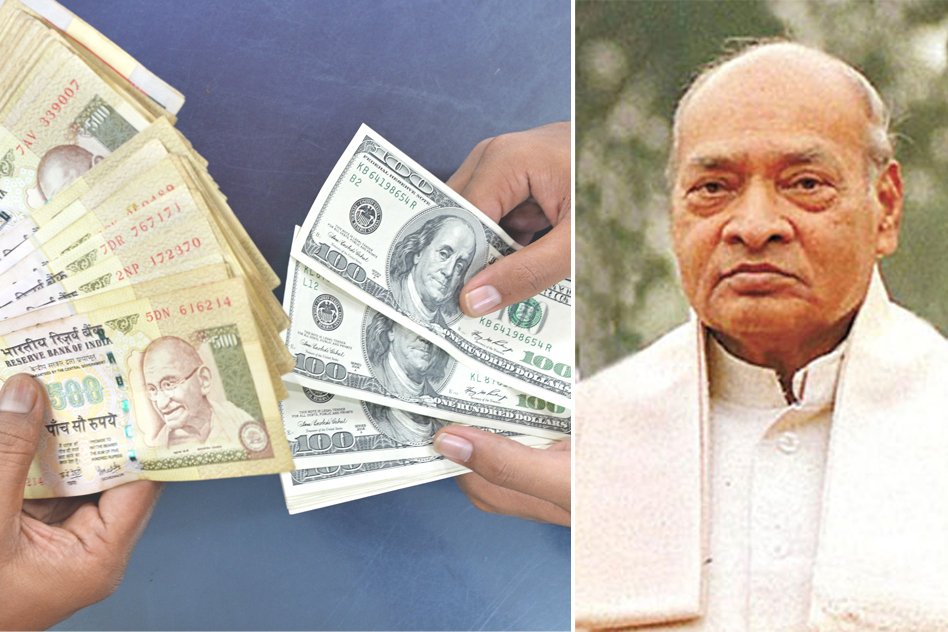
Image Courtesy: ibtimes | persons-info
Rewind: The Crisis That Liberated India Economically
7 May 2016 10:50 AM GMT
It was 1991, China’s economy was growing at its fastest pace ever and India was facing a crisis situation that was unprecedented. The crisis was that India had only that much foreign exchange reserves that could pay for one week of imports. India had to pledge its gold reserves to secure a loan from International banks. The incidents that ensued, the actions were taken, the people who intervened would change the course of India’s economic history forever.
In the mid-1980’s India was beginning to face a Balance of Payment crisis. The balance of Payment is all external transactions of a country, it represents a summation of country’s current demand and supply of the claims on foreign currencies and of foreign claims on its currency. With 1.2 Billions of dollars in its reserves, India had enough money to pay for one week of its imports. The incumbent Chandrasekar government had to airlift gold to England and Bank of Switzerland to secure a short term loan, much to criticism from the people of India. The fall of Chandrasekar government was followed by the rise of Narasimha Rao, who had appointed Dr. Manmohan Singh as the finance minister to ensure India overcame the crisis. Manmohan Singh eventually took up the reform measures that was mandated as part of the deal to secure a loan from the IMF. Manmohan Singh put in place the reforms that would not only secure the loans for resolving the balance of payments but eventually form the basis of high economic growth that ensued in the late nineties and the first decade of the 21st century.
Fallout of the BOP crisis
Manmohan Singh had to face the flak for ‘liberalizing’ the Indian economy. The media had flayed Dr. Manmohan Singh for the reforms which were later cited as the reason for rising inequality besides reduced expenditure on health and education. The debate is still ongoing as to how liberalization has benefitted India for the good and bad. What is certain is the crisis had to be averted and India had very little or no option but to fall in line with terms set by the financial institutions that lent money to India.
 All section
All section













